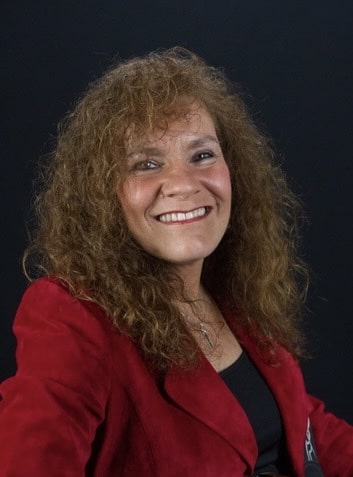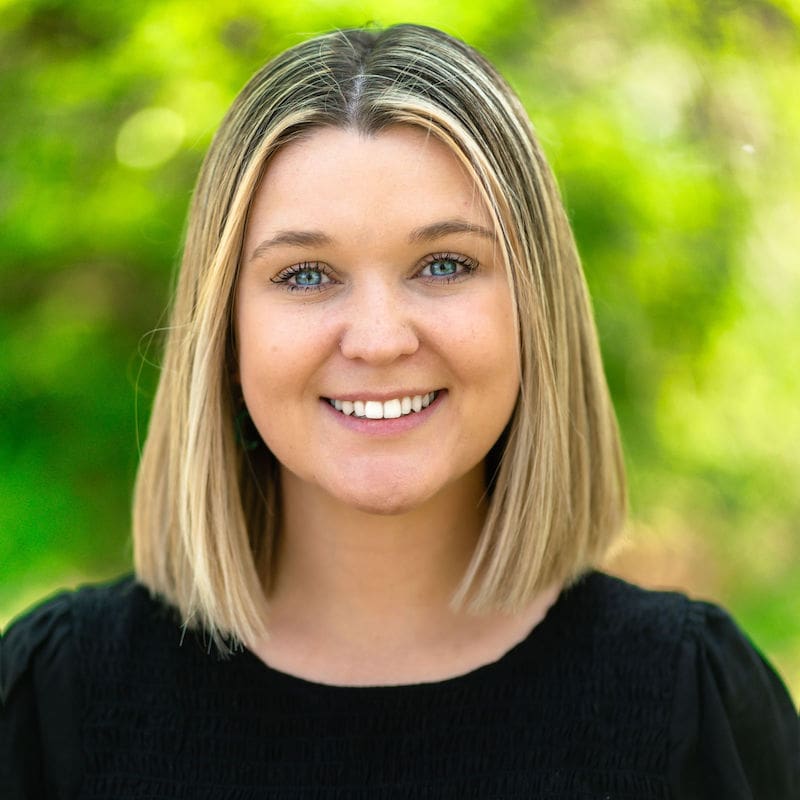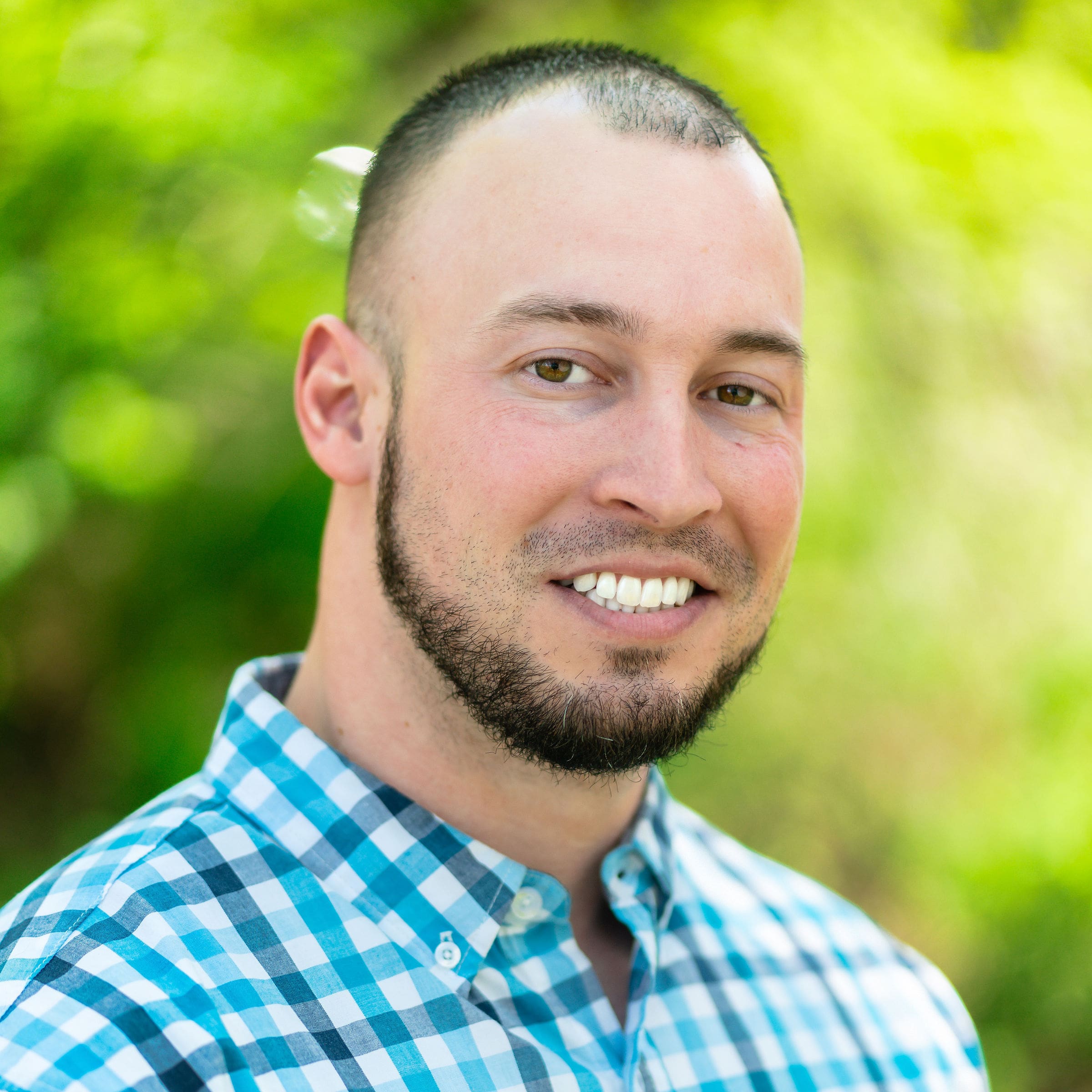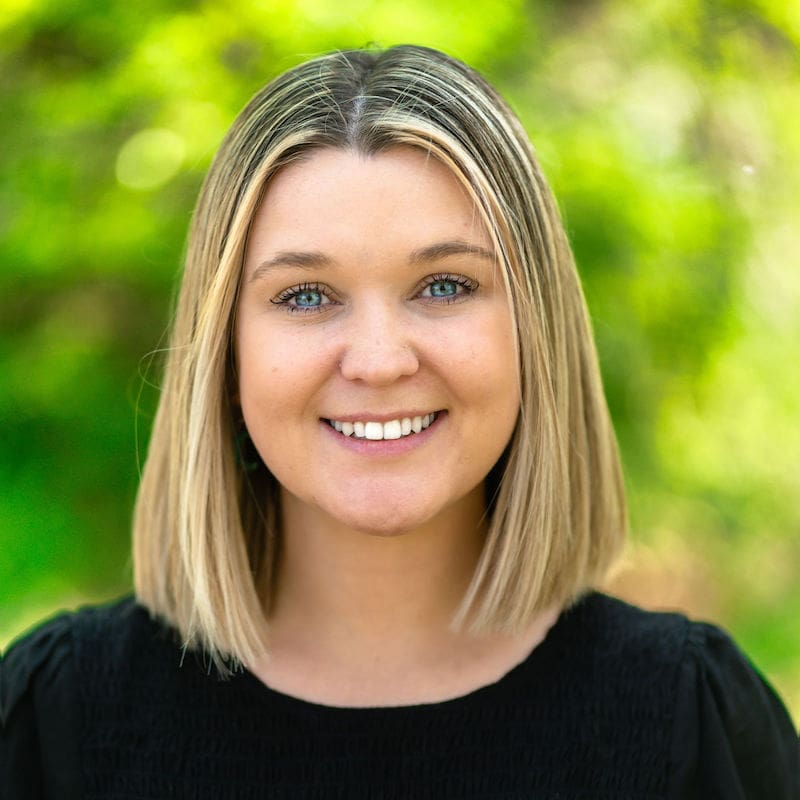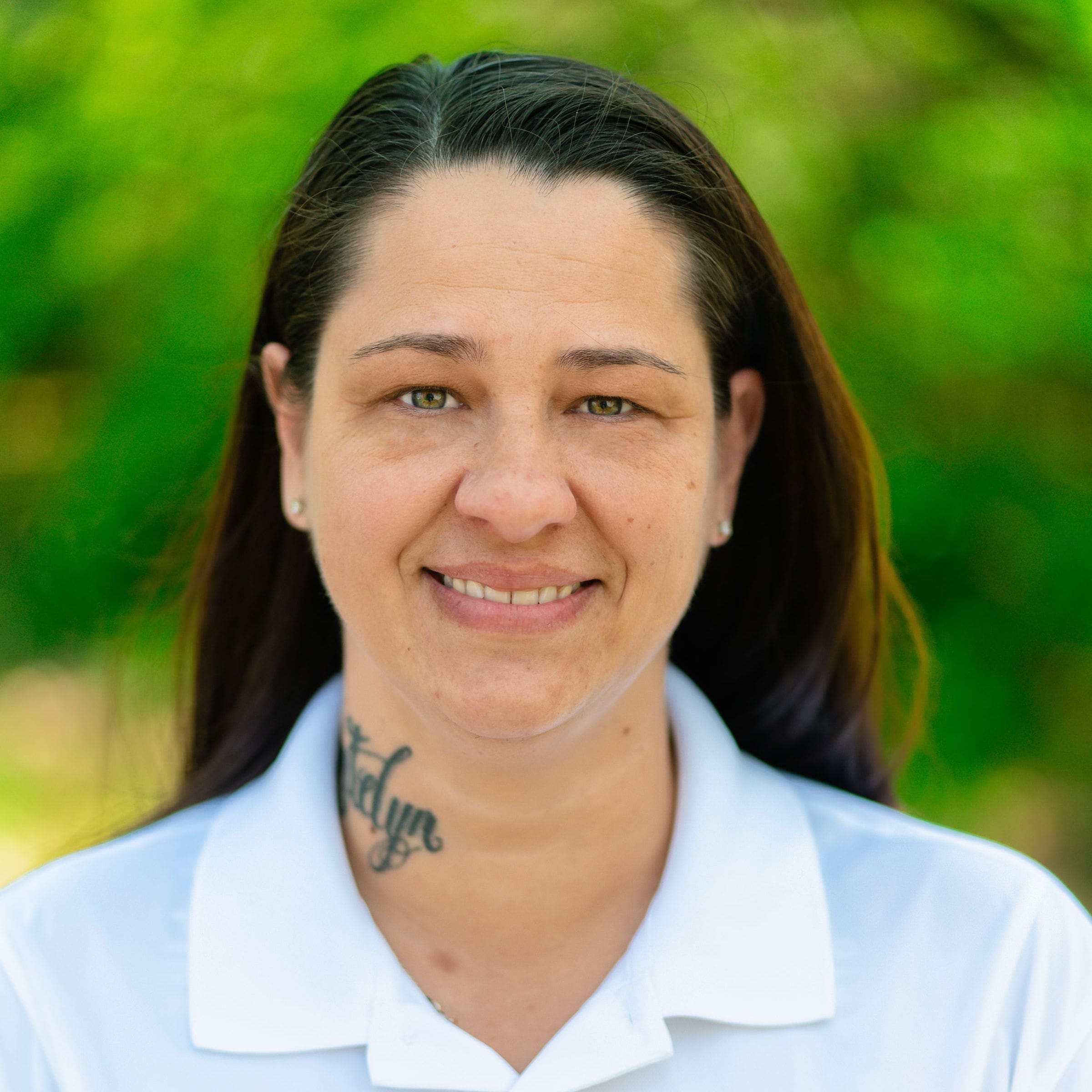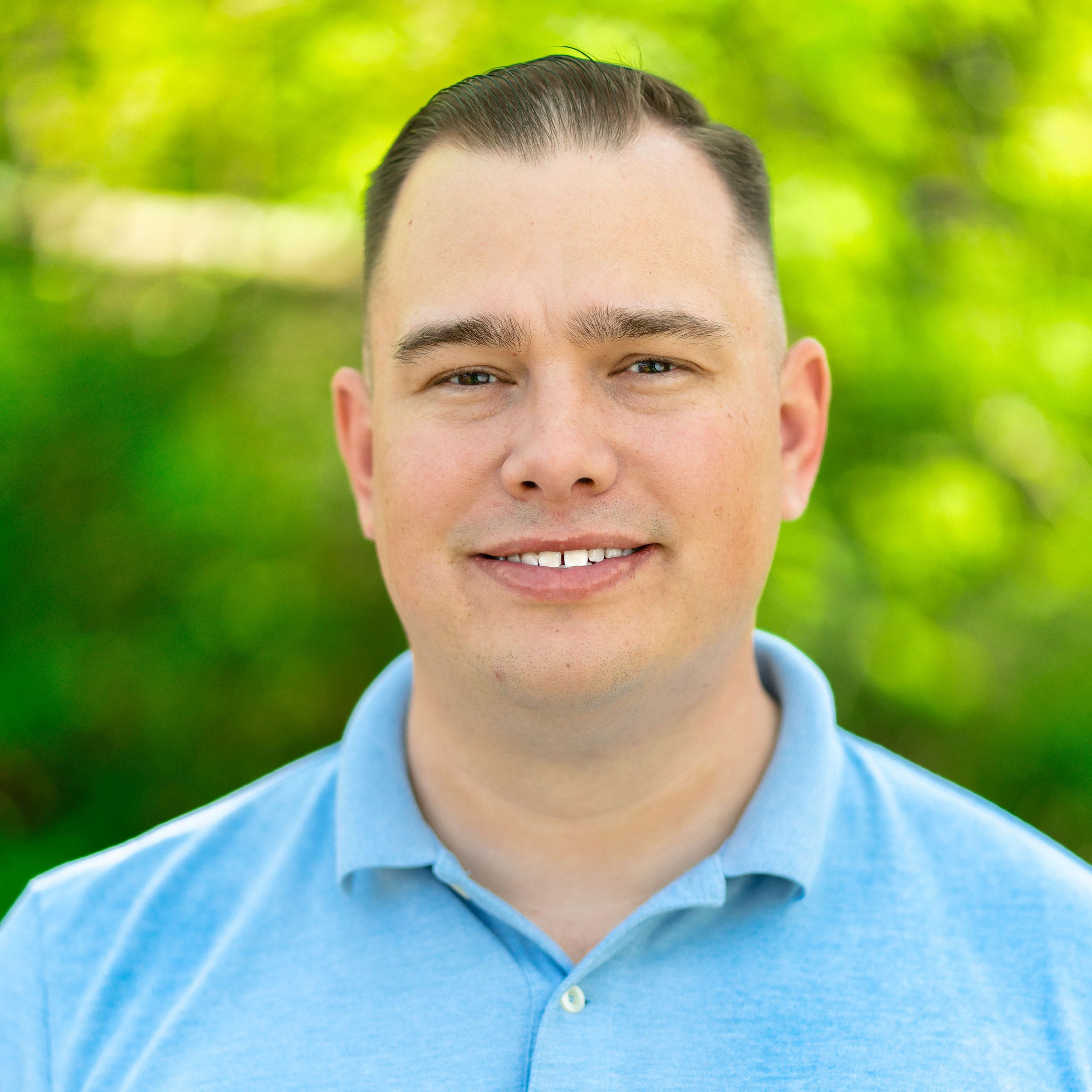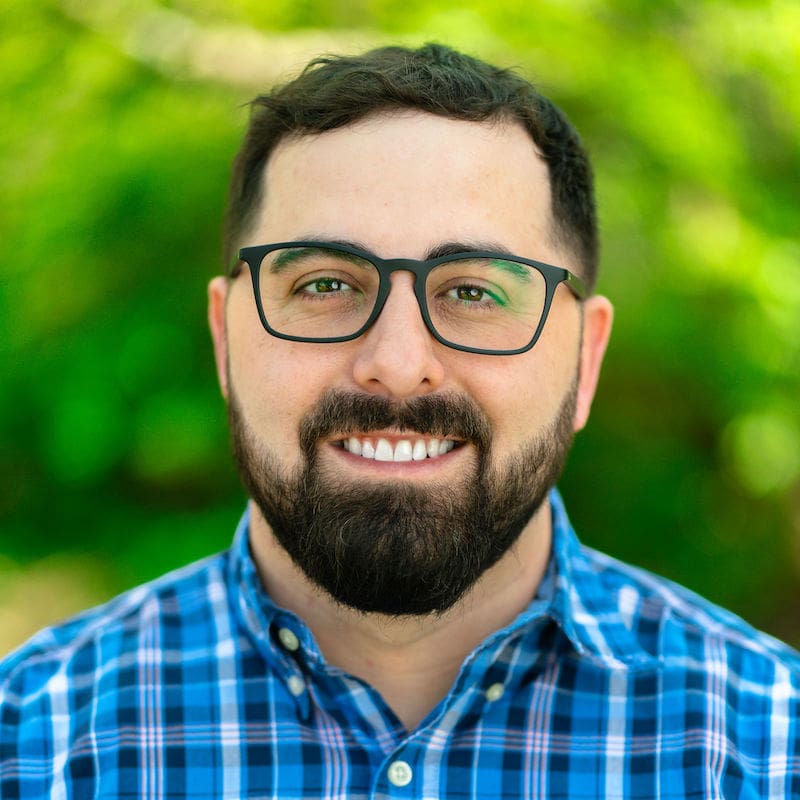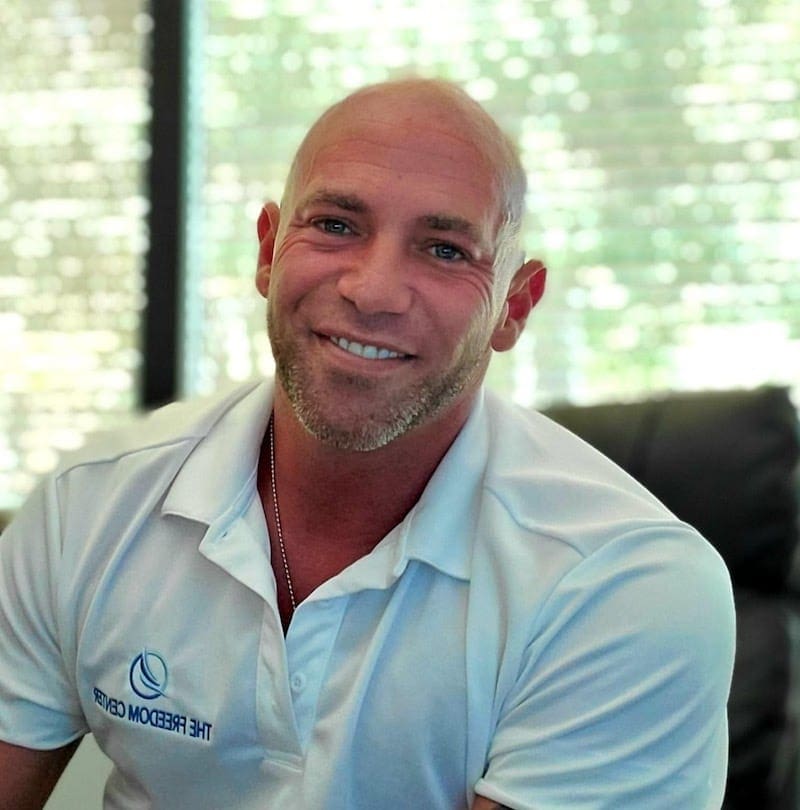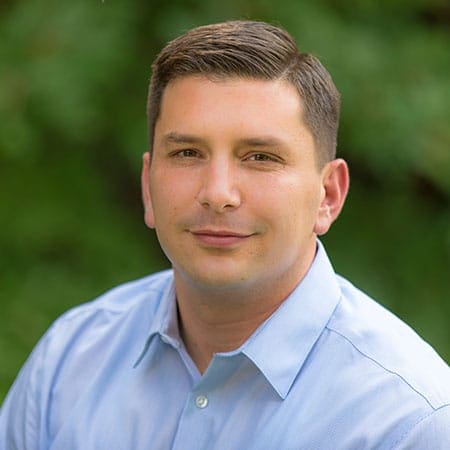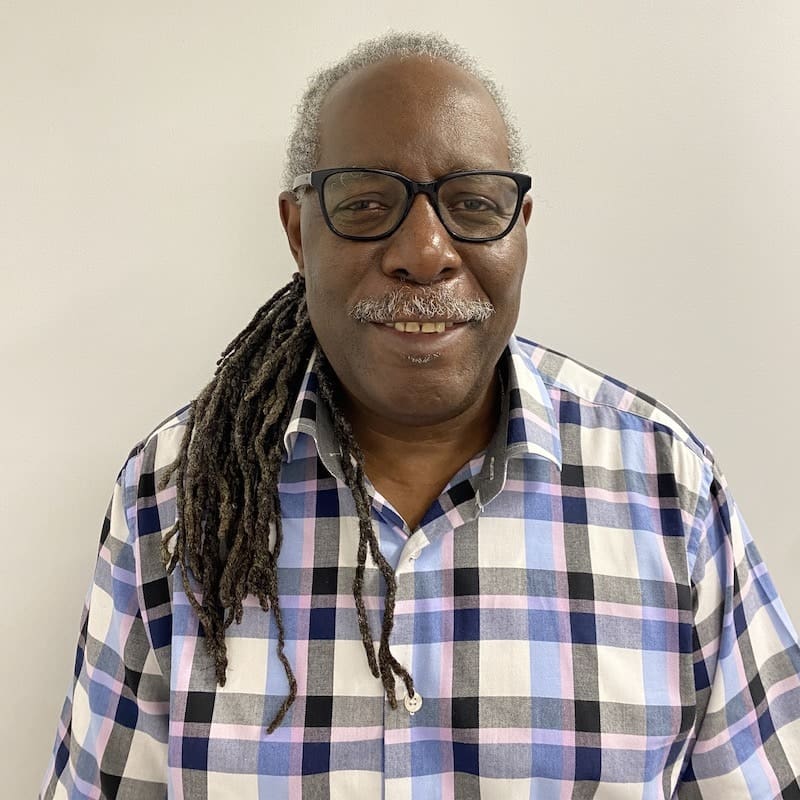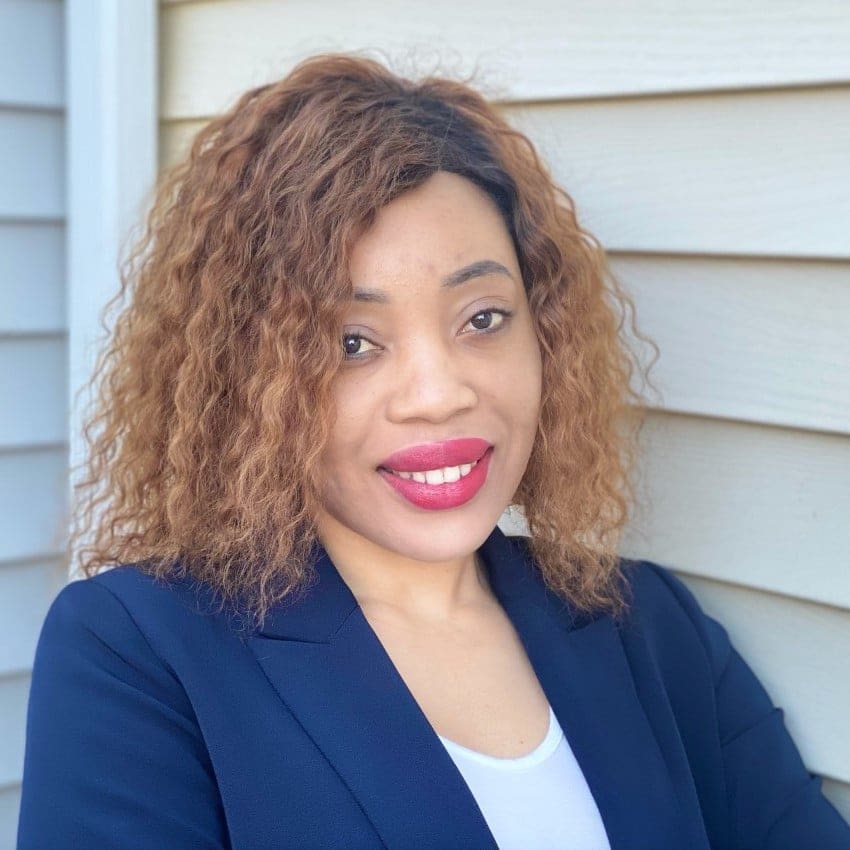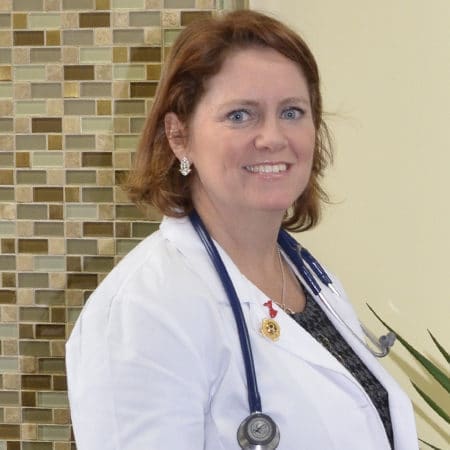What are opioids?
“Opioid” is a term that encompasses multiple types of opioid drugs. This includes, but is not limited to opium, heroin, morphine, and fentanyl. When consumed, opioids act on the Mu receptors in the brain, creating a euphoric effect and producing pain relief. These drugs are highly effective in treating even the most severe pain, but they are also highly addictive. What you may not know is that some opioids are manufactured using naturally occurring substances as the active ingredients, whereas others are synthesized in a lab to create a man-made drug up to 100 times stronger than any natural opiates.
Naturally Occurring Opioids
Also referred to as opiates, “natural opioids” are named as such because they are derived from something found in nature: the seeds of the opium poppy plant. Depending on the manufacturing process, the end product can vary in appearance and strength.
One of the oldest opiates known to man is opium, a substance that can be traced back to the Silk Road in 2nd century BCE China. Since then, others have learned to manufacture stronger opiates such as morphine and heroin. Some of these opiates are semi-synthetic in that they are man-made, but very closely resemble the chemical structure of their natural counterparts. Other drugs that fall within this type of opioid include:
- Codeine
- Thebaine
- Oxymorphone (Opana)
- Hydrocodone (Vicodin, Lortab, Lorcet)
- Oxycodone (OxyContin, Oxecta, Roxicodone)
- Hydromorphone (Dilaudid, Exalgo)
Synthetic Opioids
The second type of opioid you should know about is full synthetic opioids. It can be confusing to identify one type of opioid from the other since both do need to be manufactured into the drugs people consume, however, the active ingredient in synthetic opioids is created in a lab whereas opiates utilize a part of a plant and have a different chemical structure.
Additionally, the ability to make opioids in a lab has opened up the ability to create synthetic painkillers that are significantly more potent and powerful. An example of this is fentanyl. Fentanyl is a synthetic opioid that can be 50 to 100x stronger than morphine. It is highly effective in treating severe pain but carries equally greater risks if abused. Synthetic opioids include:
- Fentanyl (Abstral, Actiq, Fentora, Duragesic, Lazanda, Subsys)
- Methadone (Methadose, Dolophine)
- Meperidine (Demerol)
- Tramadol (ConZip, Ryzolt, Ultram)
Opioid Antagonists
Buprenorphine is a pharmaceutical drug developed to treat opioid addiction and is classified as a synthetic opioid antagonist. It is similar to other opioids in that it binds to opioid receptors, but it is able to prevent the onset of withdrawal symptoms without producing the same euphoric effects. This makes Subutex (buprenorphine) and Suboxone (buprenorphine and naloxone) realistic options for many who are struggling to overcome opioid addiction.
The Bottom Line
When it comes down to it, all of the substances listed above are potentially addictive and they carry a risk of causing other adverse effects. While their use may have its place in terms of therapeutic use, opioid use should always be approached with an abundance of caution and oversight. If signs of addiction are present, an opioid addiction treatment program should be contacted immediately to provide an individualized recovery plan. A phone call now just might save someone’s life.










